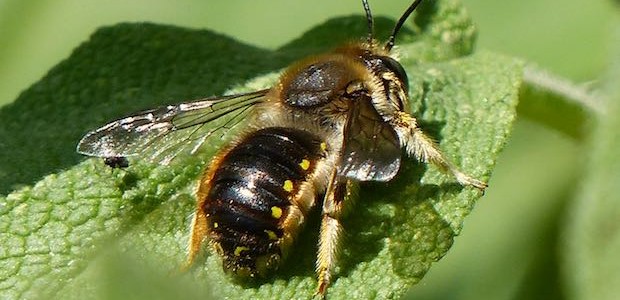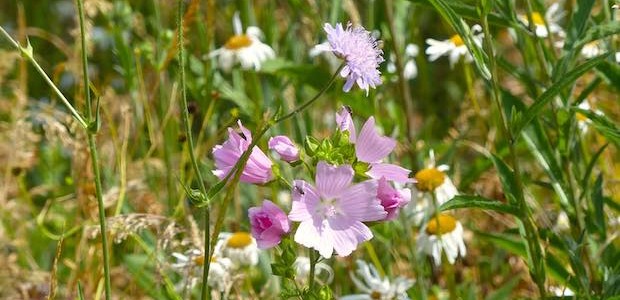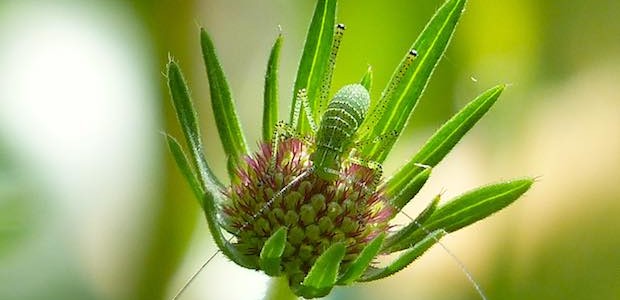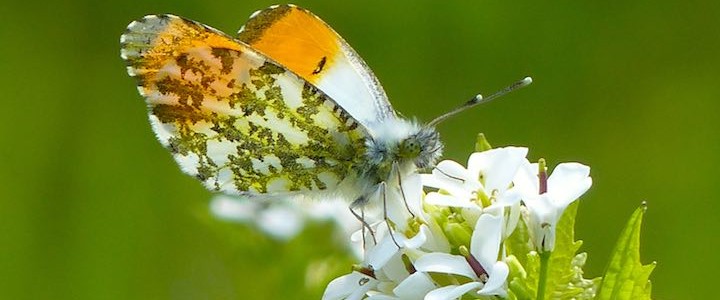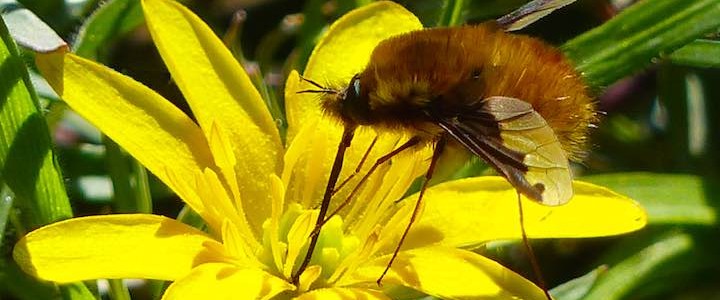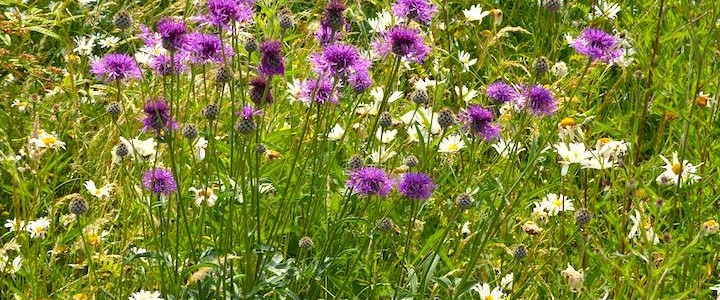Filming wildlife is both rewarding and challenging. To skillfully capture wildlife behaviour on camera in their habitat requires technical expertise and a great deal of patient observation. Occasionally the help of a field assistant is required who may have expertise of particular wildlife, or may be needed as an extra pair of eyes in the field. The first time I worked for Stephen de Vere in this role was for his wildlife documentary: Return to the River: Diary of a Wildlife Cameraman.
“An uncut meadow in June is perhaps one of
the most unsung wonders of the British countryside.
It is like a forest in miniature”
Stephen de Vere

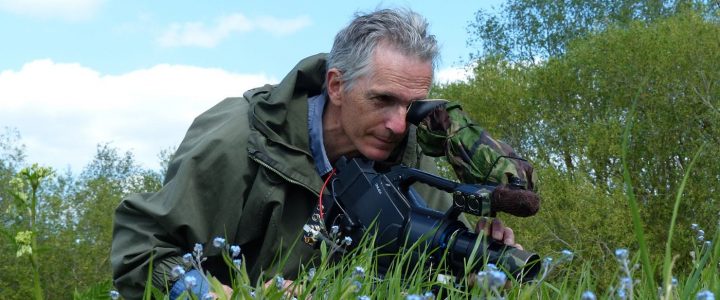
![How to Start a Native Wildflower Meadow [6 Easy Steps] The meadow in it's third year](https://nearbywild.org.uk/wordpress/wp-content/uploads/2015/06/DSCF4911_x300.jpg)
